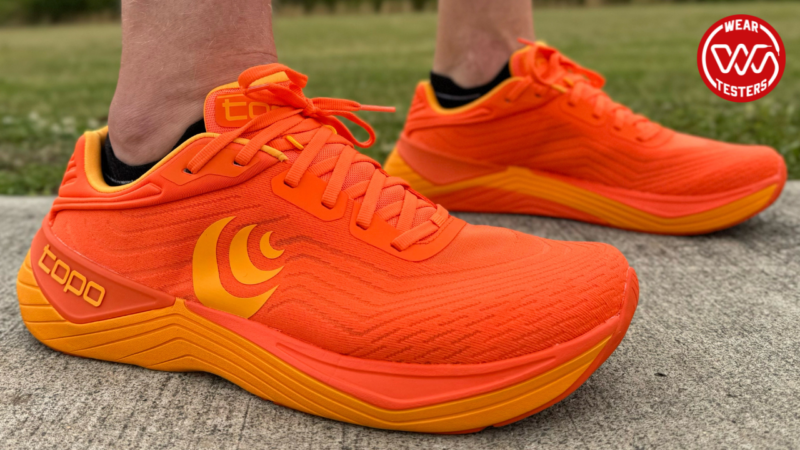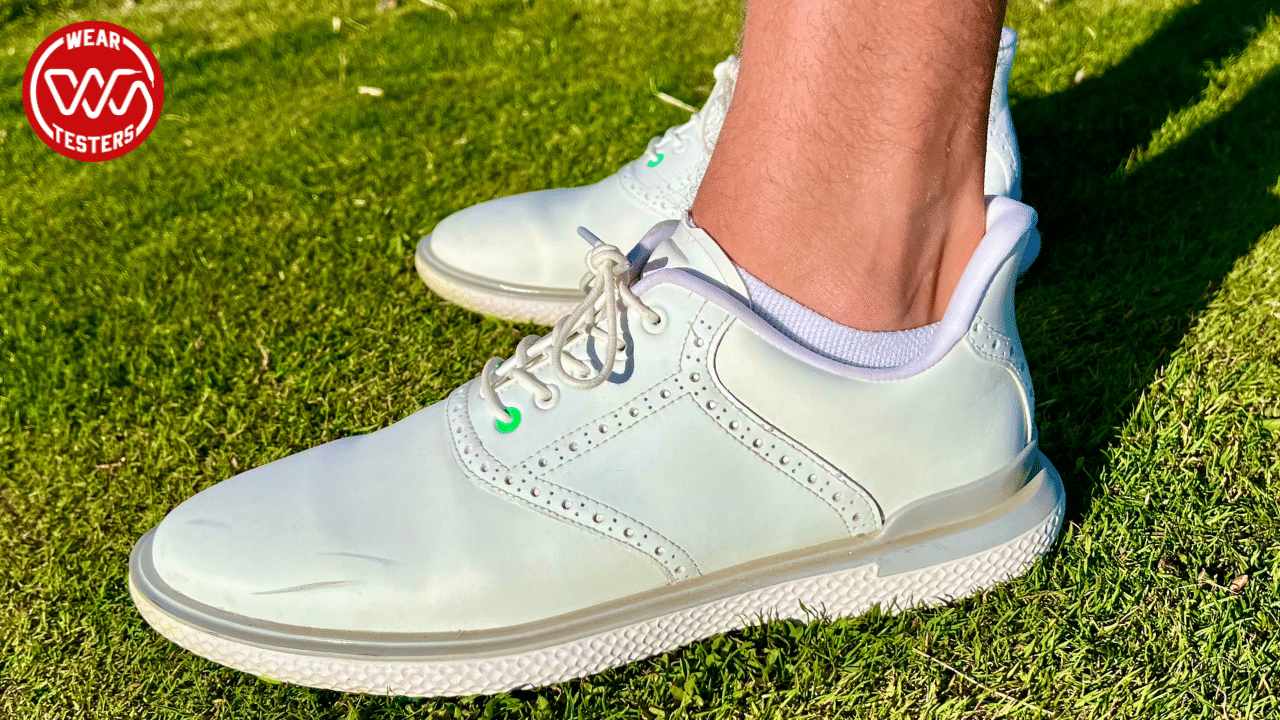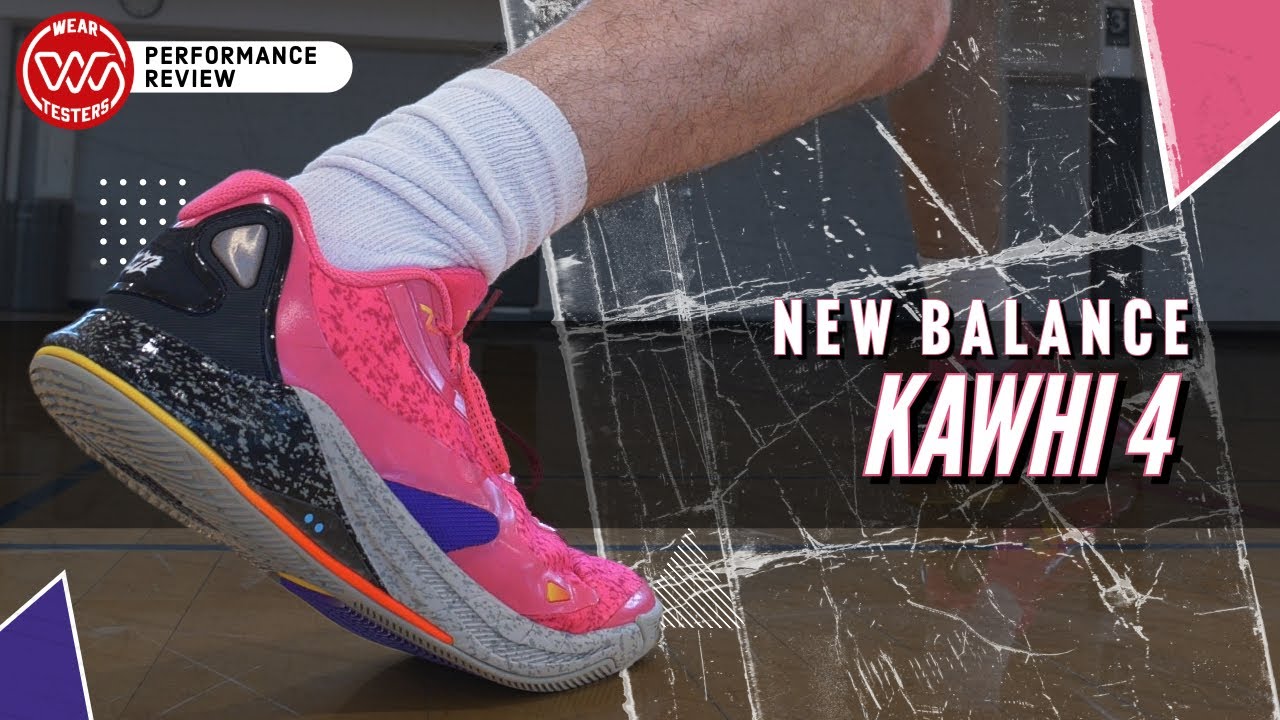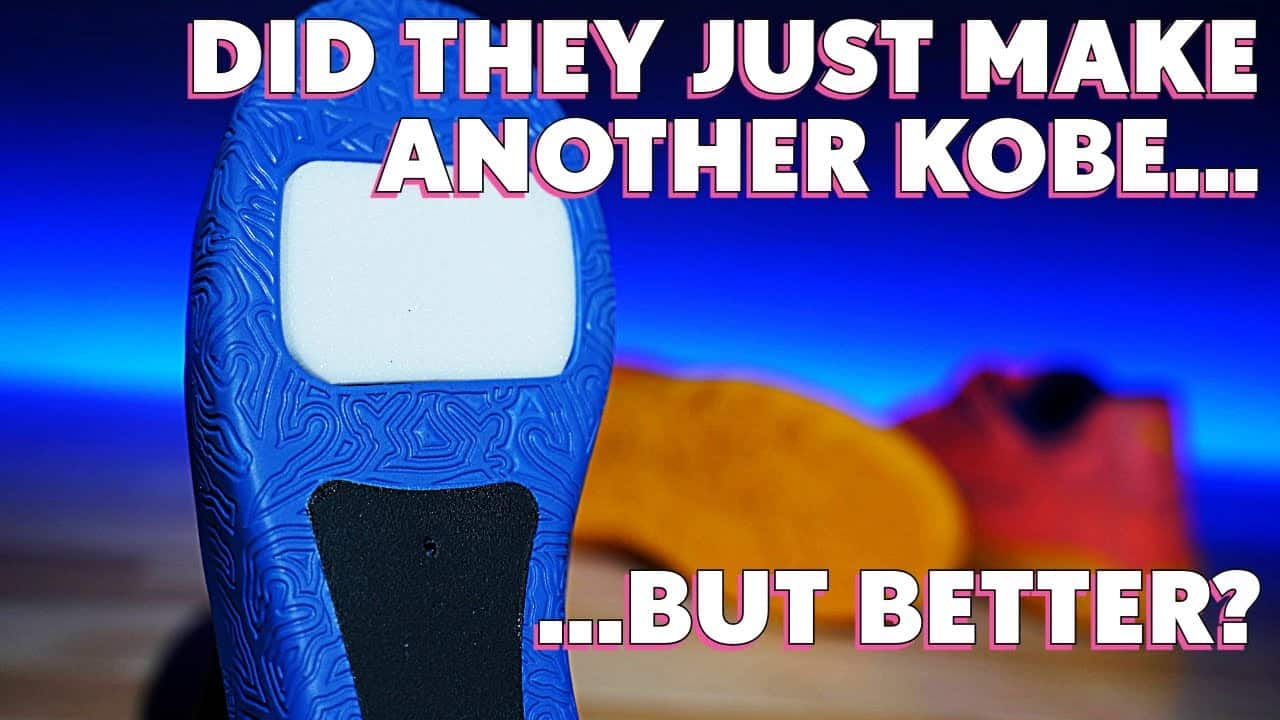Annie: I always do my best to avoid learning too much about a shoe before testing it so as to keep an open mind and remain as uninfluenced by external factors as possible. But I’m also only human. And I would have had a hard time not making assumptions if you’d told me ahead of time that the Topo Ultrafly 5, which Topo Athletic describes as “an all-purpose, cushioned daily trainer featuring light pronation support”, sports a fairly sturdy heel setup and a medial post. After all, as the resident princess and the pea, medial posts and I could hardly be considered a match made in heaven.
So, if you happen to be like me and truly, madly, deeply dislike feeling any sort of pressure up into your arch, I’m extra glad you bravely decided to read this review anyway. Because I’ve never been so surprised by a stability shoe.
Let’s find out what happened when Drew and I hit the roads in the Topo Ultrafly 5.
Topo Ultrafly 5
Release Date: June 2024
Price: $140
Weight: Men’s 9.9 oz., Women’s 8.0 oz.
Drop: 5mm
Sizing: True to size
- Rundown: The Topo Ultrafly 5 provides daily trainer versatility with a light touch of assistive stability.
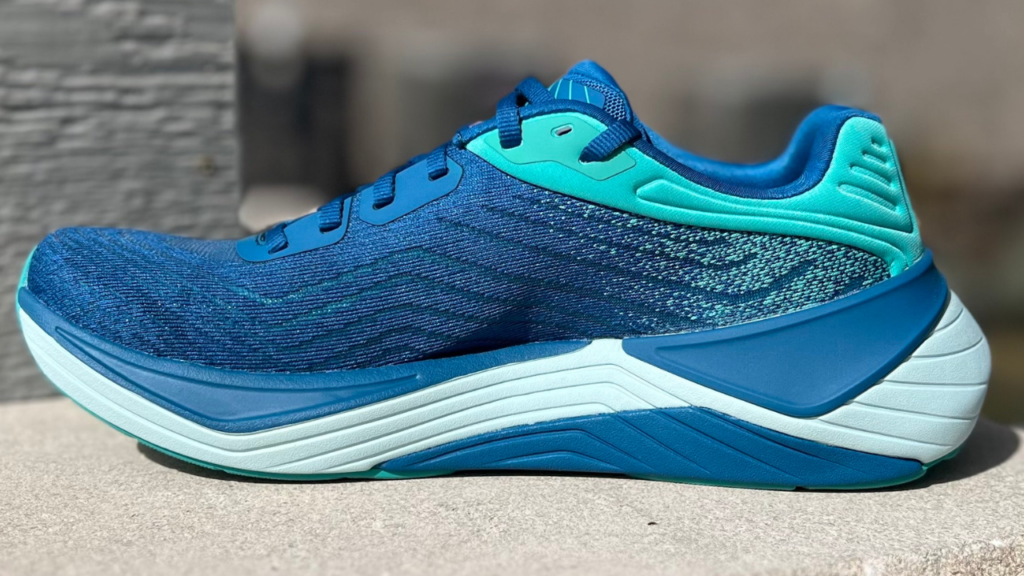
The Stability Factor
Annie: It turns out that “light” stability is actually a thing. And it can be quite lovely, depending on how you like your stability served.
Last fall, Drew and I tested a technically neutral, max cushion offering from Topo – the Atmos. Interestingly, it’s more noticeable arch support combined with a few other qualities made the Atmos feel more like a stability shoe to me personally than the Topo Ultrafly 5 does. Now, that’s not to say the Ultrafly 5 isn’t a stability shoe; instead, it’s intended to point out just how individual we all are and how many factors go into how we experience one shoe or another.
When it comes to the Topo Ultrafly 5, I’m not sure I could have even told you it has a medial post if Topo didn’t say so on the tech sheet. Given my usual preferences (namely, my abhorrence of any under-arch pressure), the medial post here must be really seamlessly integrated for me to…dare I say…enjoy it…
To be clear, the Topo Ultrafly 5 does feel more stable than its neutral counterpart in the daily trainer category, the Topo Magnifly 5. But the Ultrafly 5’s less aggressive execution of what it means to be a stability shoe is, for me, a great thing. I still get the benefits of stability without the downside of my feet being unable to move through their natural stride. For others who may prefer to really feel their stability in the form of clear feedback under the arch and/or a more rigid mid and forefoot structure, I don’t think you’ll find a strong enough presence here.
I found the more apparent stability came from elements all involving the heel – namely, the heel counter, heel clip, and rear midsole flare. I have a feeling that it’s going to be a very individual experience as to whether the amount of heel flare in particular is a good thing or a bad thing for a given runner. In my case, it only really came into play when warming up and first getting settled into my (mostly) midfoot strike. Once I was cruising, I wasn’t really interacting with the rear of the shoe too intimately, so I didn’t find it had much of an impact on my gait either way.
Given all the nuance involved and the Topo Ultrafly 5’s relatively subtle approach, I’m super curious as to how the stability most showed itself for you, Drew?
Drew: I’m glad Annie mentioned the stability coming from the heel because on days when my form was wonky and I really felt the guidance, it was almost all coming from the plastic heel clip. I did feel the medial post, but just slightly around the back of my arch where it fades into the heel.
And even though I could feel it, I’m aligned with Annie. It’s subtle. I’ve tested neutral shoes that aggressively control my foot’s motion more than the Topo Ultrafly 5 (cough..On Cloudmonster Hyper…cough).
If you’ve read any of my previous reviews you know I prefer a light touch when it comes to stability. I tend to believe that relatively few runners need intense pronation correction. The foot should be able to do what it wants because…minus injuries…your feet know how to perform well and can get you going as efficiently as your body can manage.
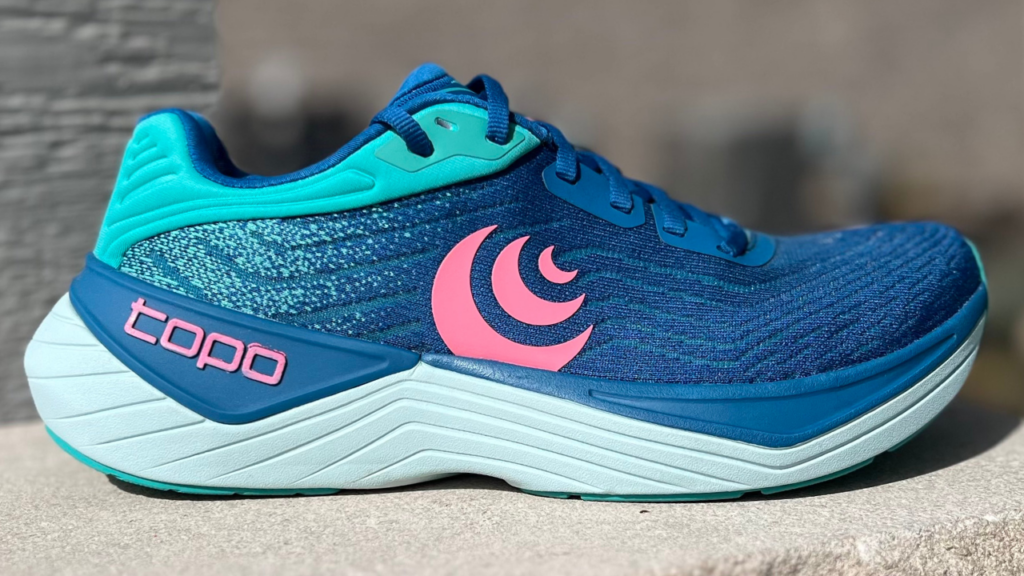
Overall Performance
Annie: When it comes to discussing Topo shoes, I don’t often find myself belaboring the point of the midsole foam. That’s not because I don’t enjoy ZipFoam – I actually get along with it quite well, and especially came to appreciate it in the Magnifly 5. It’s more so ZipFoam doesn’t possess the flashiest of characteristics. It’s neither uber soft, nor is it too firm; it’s not particularly bouncy, yet it’s also not dull. That lends itself to versatility if you’re willing to be the one driving the car, as it were.
But the thing that most stands out is ZipFoam’s balanced comfort and the fact that it consistently punches above its weight, so to speak, when it comes to impact protection. I tested the Topo Ultrafly 5 on runs up to two hours and didn’t have any issues with the mid-level stack.
I think that’s in no small part due to the unique forefoot platform of the Ultrafly 5 (and other Topo shoes). The width allows the foam the space it needs to do its thing. And furthermore, the overall fit and geometry allow your body to make full use of its own natural shock absorbers, which is an elegantly simple way to enhance the cushioning without adding loads of midsole.
The result is an experience that, frankly, tends to bring out the kid in me. So much so that on one particularly soggy spring run, I went bounding through countless puddles – the depths of which were too difficult to discern until it was far too late – resulting in some seriously soaked shoes. Even then, the ZipFoam retained its properties and never got that waterlogged sponge feeling that makes you certain your cushioning may never recover.
The traction also performed well throughout those wet conditions, with the one exception being some very minor slip on wet metal surfaces. The outsole on my pair still looks great 50 miles into testing.
The recycled engineered mesh upper likewise delivered on comfort, and lockdown didn’t falter even after being fully submerged more than once (oops). The upper did take a day or two to dry out afterward, but that’s reasonable under the circumstances. I do think the upper’s breathability could be improved slightly for a better experience in hot temperatures. But ultimately, no big complaints.
Drew, how did the Topo Ultrafly 5 treat you on the run?
Drew: While ZipFoam is never going to get me bounding through puddles with the enthusiasm of a 10 year old, it works. And Annie’s right, by Topo allowing my toes to spread in a natural way and create the desired tripod effect, I don’t need as much soft pillowy cushion. My body does its thing and natural shock absorption happens just as it did for our ancient ancestors chasing animals across the savannah in bare feet.
In this scenario, some cushion to protect against our largely concrete world is appreciated, but 22mm in the heel feels more like the 30mm+ found in the big brand’s shoes. But I do differ from Annie in one key scenario and I believe it has everything to do with our relative sizes.
Any runs above an hour in the Topo Ultrafly 5 were too much for my legs to handle. The ZipFoam just didn’t deaden the impact sufficiently. So if you’re a larger runner you may want to keep your Ultrafly 5 confined to shorter runs where the cushion does its job without losing its punch.
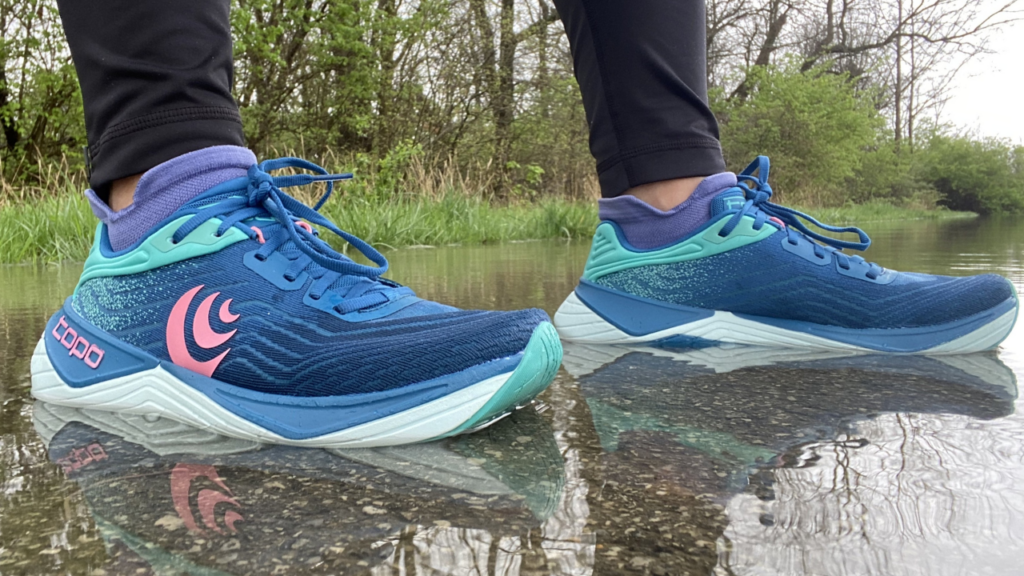
Pros
- Comfort
- Roomy forefoot for natural toe splay
- Effective, but light-touch approach to stability
- Daily Trainer Versatility (especially compared to most stability offerings)
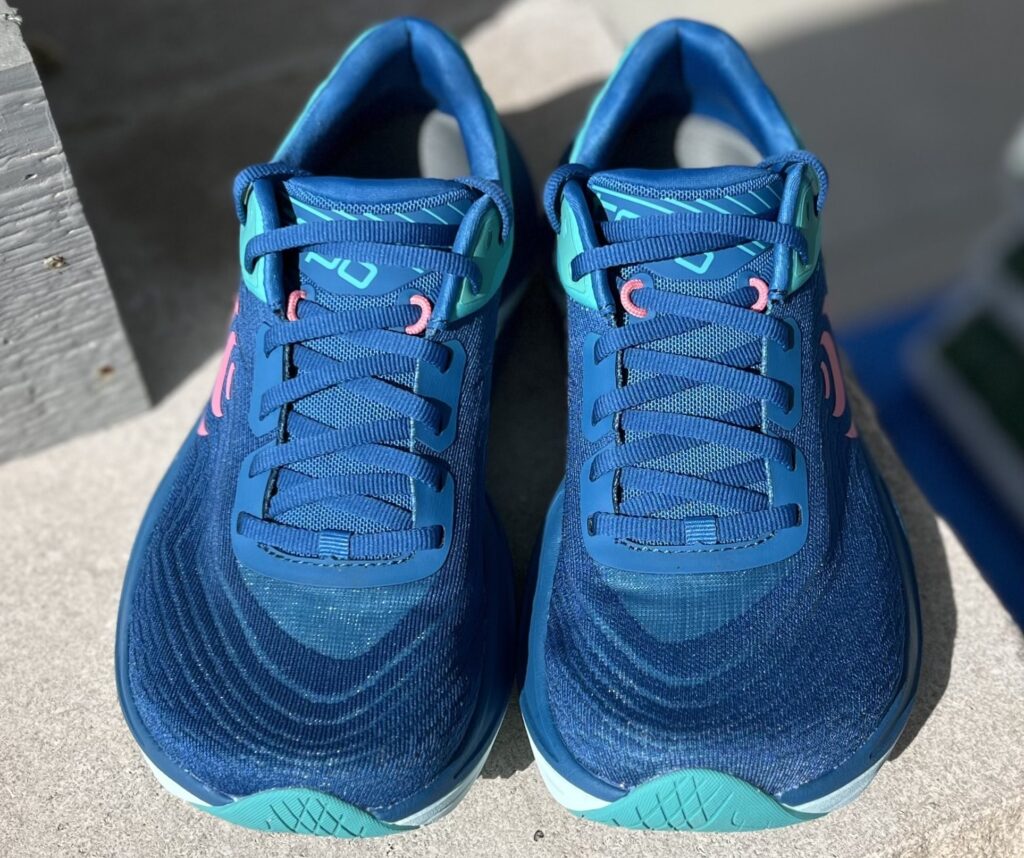
Cons
- Not the most breathable upper
- Heel could feel a little clunky, depending on your stride
- Not a great option for long runs (depending on your size/weight)
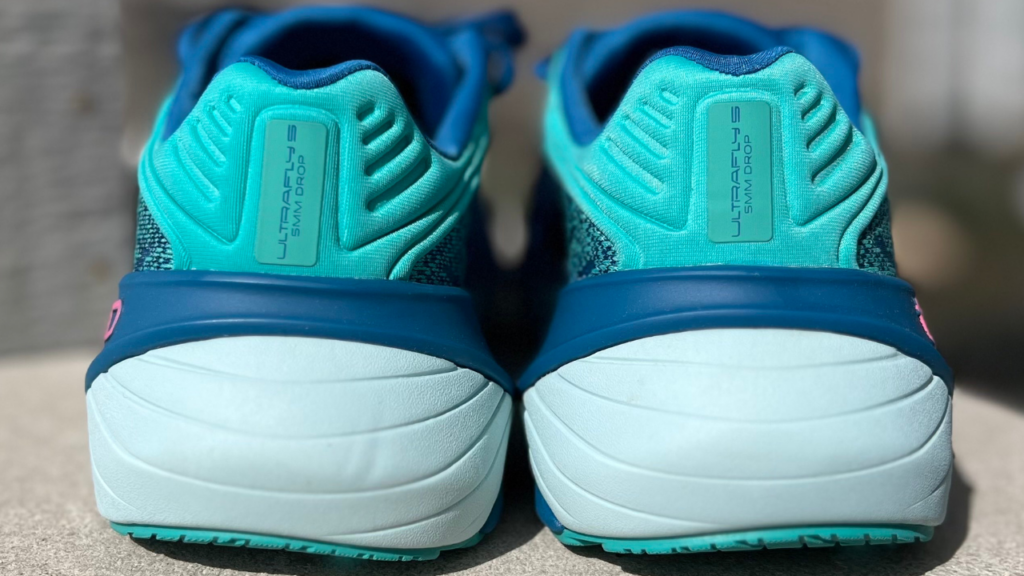
Is the Topo Ultrafly 5 wide foot friendly?
Annie: Yes. Topo’s anatomical toe box means plenty of room in the forefoot. And despite the fact that the fit tapers more through the midfoot, I found there was still ample volume. I expect the majority of wide-footers will do well in the Topo Ultrafly 5, depending on where one most needs extra room.
I’ll also note here that if you are occasionally between sizes with regard to length, you might want to try this one on to determine your best fit. Lockdown was solid, and I never had any blisters or rubbing. But I sometimes sit between a women’s 6 and a 6.5, and my foot slid front-to-back inside the shoe ever so slightly during speedier efforts in the size 6.5 I tested – mostly when slowing down or aggressively cornering. Given Topo’s characteristically accommodating forefoot (which is where I prefer the extra width), I might have done even better in a size 6 in the Ultrafly 5 in order to get the most out of it during occasional speed work.
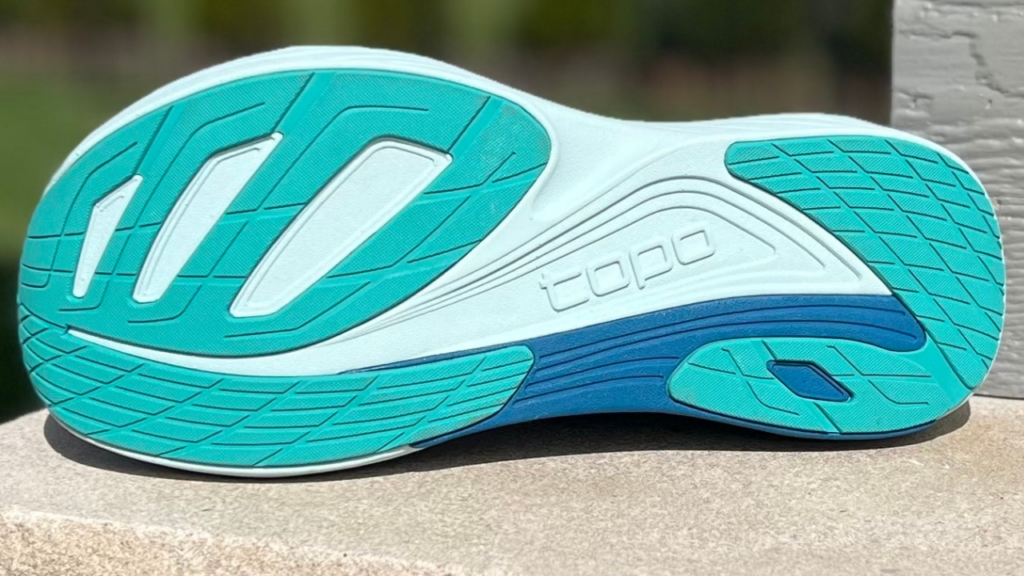
Is the Topo Ultrafly 5 worth $140?
Annie: Yes. The $140 price is right in line with its direct competitors in the light stability daily trainer category, and it brings more fun into the equation than I’ve personally experienced in other stability shoes I’ve tested. I think it earns its price point.
Drew: Yes, at $140 the price is right. There are a lot of options at the $140 price point but very few offer the minimally invasive stability AND anatomical fit of the Topo Ultrafly 5.
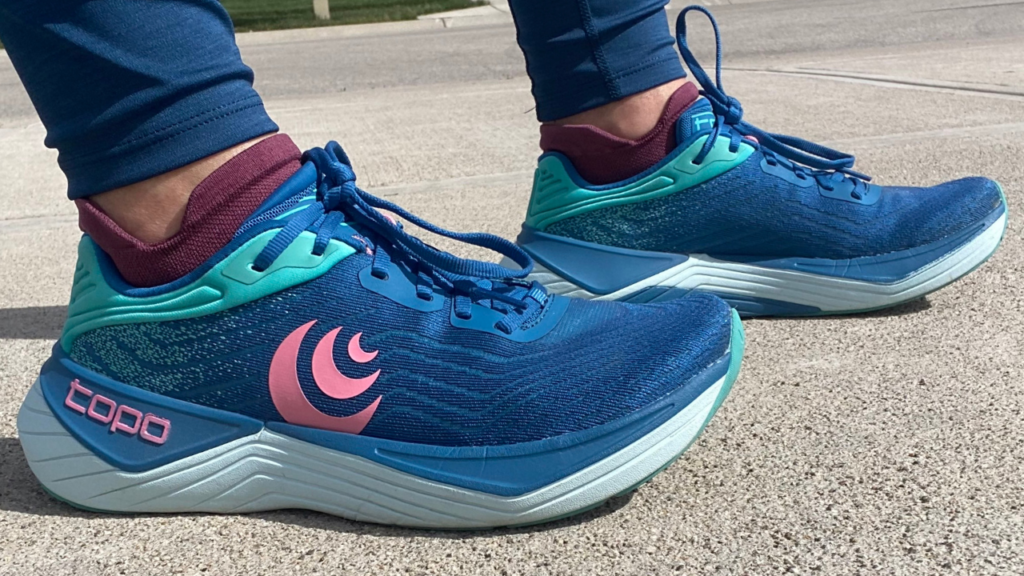
Topo Ultrafly 5 Summary
Annie: The Topo Ultrafly 5 offers up daily trainer prowess and stability with a light touch. As someone who typically gets along much better with neutral shoes, I was genuinely surprised by how much I enjoyed running in the Topo Ultrafly 5.
It defies the notion that all medial posts are the same or that stability can’t be achieved without an overly prescriptive design. Add to that a gloriously roomy forefoot, a comfortable midsole that doesn’t sacrifice groundfeel, and a geometry that gently rocks you forward using your body’s natural motion, and you’ve got a recipe for a unique and pleasurable experience in stability running.
Drew: As soon as this review posts, the Topo Ultrafly 5 will be added to our Best Stability Running Shoes list. It’s not perfect but those that need extra stability features and want a wide foot friendly shoe with a roomy toebox just don’t have a ton of options.
The Topo Ultrafly 5 occupies a much needed niche and that’s probably why it’s already on the fifth iteration. But don’t just leave it to the long time Ultrafly fans, go try it on or order it from Running Warehouse (because their return policy is fantastic). It may be just the shoe you’ve been looking for.
How does the Author Run?
Drew Whitcomb (age 42, 6’6″ 195lbs): Runs daily with a once a week rest day. Runs a lot of miles due to testing needs and a growing affinity for long-distance races. Regularly competes in marathons, half-marathons, 10k, and 5k races.
Annie Keris (age 39, 5’0” 117lbs): Typically follows a “two days on, one day off” running routine. “On” days include daily miles, speed work, and long runs. An “off” day usually involves yoga and mobility/recovery work. Enjoys occasional racing but perhaps enjoys the training process even more. Gravitates most toward the half marathon distance, but ventures into the 10k and 5k as well. The marathon is thus far uncharted territory…
Disclosure
While Topo Athletic did send pairs of the Topo Ultrafly 5 to facilitate this review, the company had no involvement in this review, didn’t receive an advance look at it, and have not attempted to influence it.

